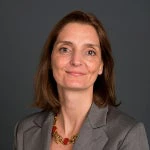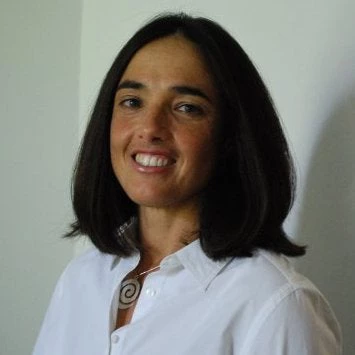También disponible en:
Español
The Middle East and North Africa (MENA) region has some of the most important historical and cultural sites in the world, and stunning natural landscapes. Couple these incredible assets with the region’s famous hospitality and rich culinary traditions, MENA is an ideal destination to grow travel and tourism, and harness its power for development work. However, MENA is behind other regions in women’s agency, economic opportunities, workforce participation and more. This presents a unique opportunity to leverage tourism to bridge the gender gap in the region. Gender differences in unemployment rates are particularly exacerbated in the West Bank and Gaza, where the overall economic situation is bleak due to instability, and gender dynamics are and exacerbated by the conflict.
To tackle these and other issues, The World Bank Group developed the Abraham Path project to support community-based tourism along the historic Abraham Path. Spanning Turkey, Jordan, Israel and the West Bank, this 1,000-km walking trail weaves through communities and important historical, cultural, ecological and holy sites offering visitors a unique regional experience and interactions with locals. The WBG project brought together fragmented communities along the Abraham Path in the West Bank through many interventions like training and capacity, which were aimed at generating tourism revenue and jobs, and improving economic opportunities for women.
Implemented in 2014, the small-scale innovative project has generated 137 jobs, 57% going to women. However, the benefits go beyond employment. Following the project’s training sessions, 60% of the interviewees said that they were more likely to act on problems affecting their communities. Of the participants surveyed, 62% stated that they were more involved in dispute resolution; 60% began actively engaging in awareness raising campaigns; and 73% increased their volunteer activities. Women have also stated that they have begun engaging in decision-making in traditionally male-dominated venues and are slowly feeling more empowered. One female participant commented: “ I was shy before. Now I’m a representative….I participate in meetings and make decisions.”
As seen through this project and many others, travel and tourism can empower women. The sector has already been recognized by the World Bank group and other organizations as a nimble and powerful development tool, which is underscored by the United Nations' declaration of 2017 as the Year of Sustainable Tourism for Development. Tourism provides better opportunities for women’s participation in the workforce, women’s entrepreneurship, and women’s leadership than other sectors of the economy.

Tourism’s Comparative Advantage for Women
- Entrepreneurship: According to the UNWTO, in some countries, tourism has almost twice as many women employers as other sectors. In Nicaragua and Panama more than 70% of business owners are women compared to just over 20% in other sectors.
- Employment: The International Labour Organization found that women make up between 60-70% of the labor force in the hotel sector (though significant regional variation exists). A study in Bulgaria revealed that 71% of managers and administrators in tourism are women compared to just 29% in the country as a whole.
- Leadership: Women are more likely to have a leadership voice in tourism businesses, associations and tourism governance than in other arenas per a UNWTO report.
Room for Growth
 Despite these advantages and advancements for women at some destinations, significant inequality persists. To better address these inequalities, gender needs to be incorporated into the project design at the outset like it was for the Abraham’s Path project. Project frameworks need to go beyond disaggregating results to address the root causes of the disparities.
Despite these advantages and advancements for women at some destinations, significant inequality persists. To better address these inequalities, gender needs to be incorporated into the project design at the outset like it was for the Abraham’s Path project. Project frameworks need to go beyond disaggregating results to address the root causes of the disparities.
The new report, Women and Tourism, Designing for Inclusion, encourages project managers to incorporate a gender lens into all stages of the project cycle. The report provides checklists and recommendations at three key phases in the project lifecycle:
- Analysis that identifies the client country’s tourism and gender challenges and opportunities prior to intervention plans;
- Actions and interventions designed to encourage and enable women to step outside of traditional gender roles and take higher paying jobs in tourism; and
- Monitoring and evaluation that focuses on the quality, as well as quantity of jobs held by women.



Join the Conversation